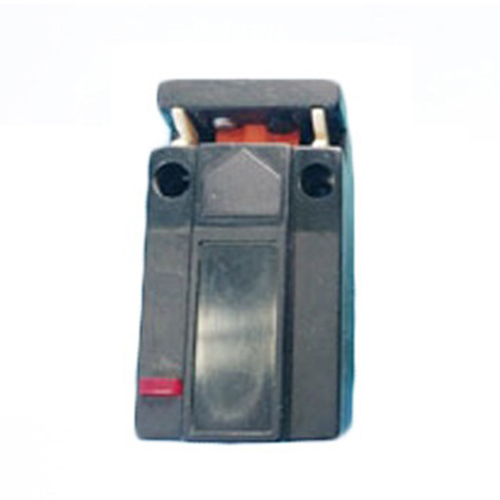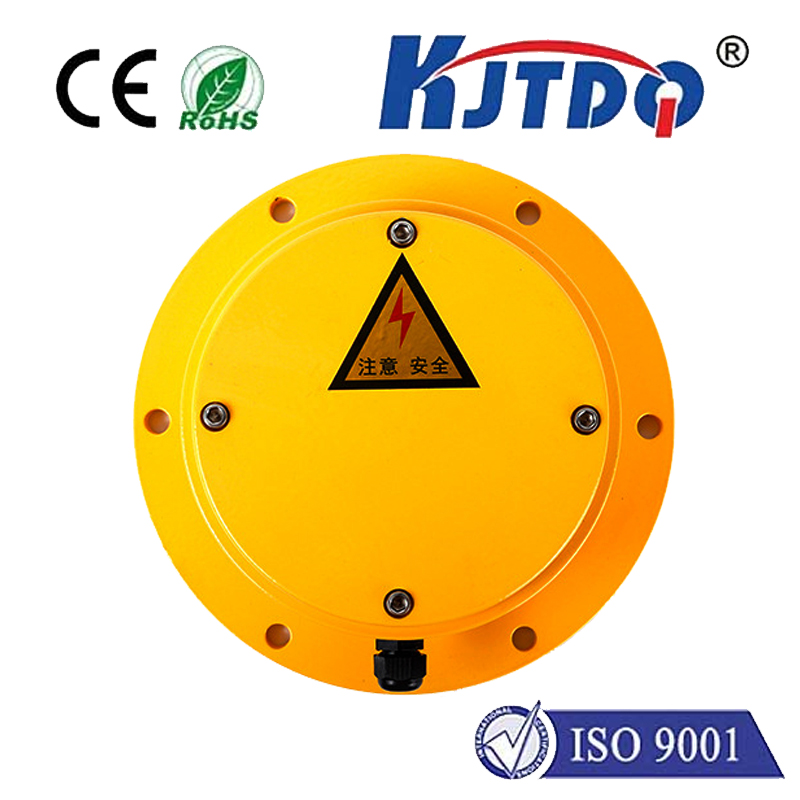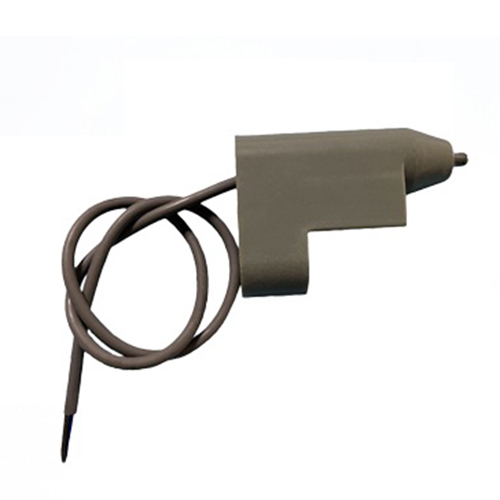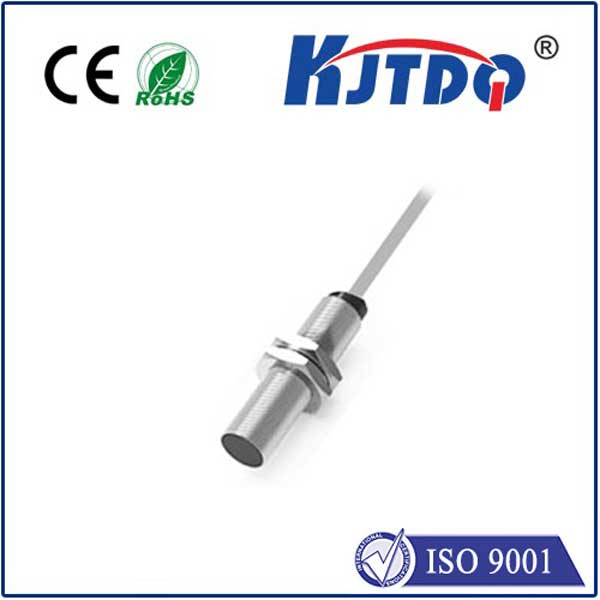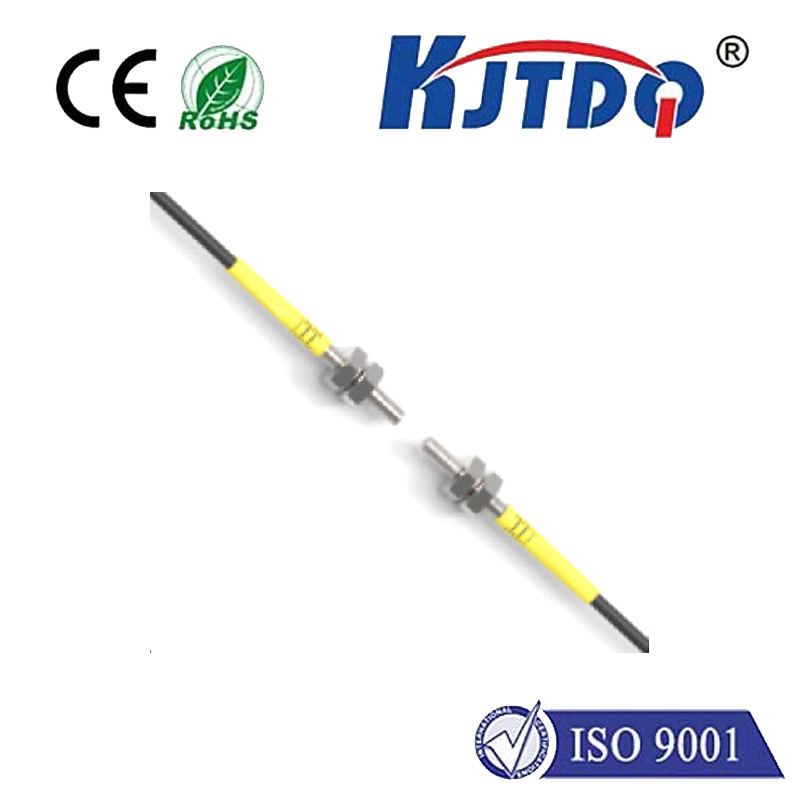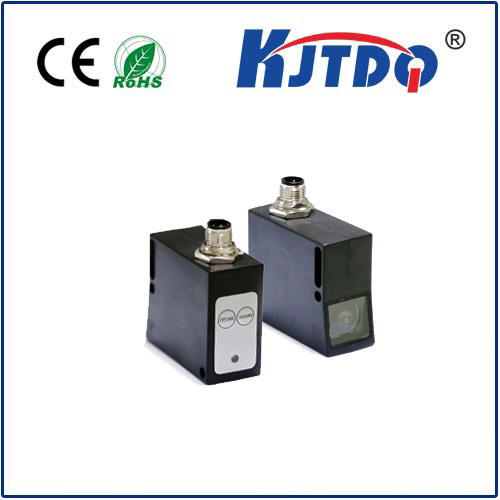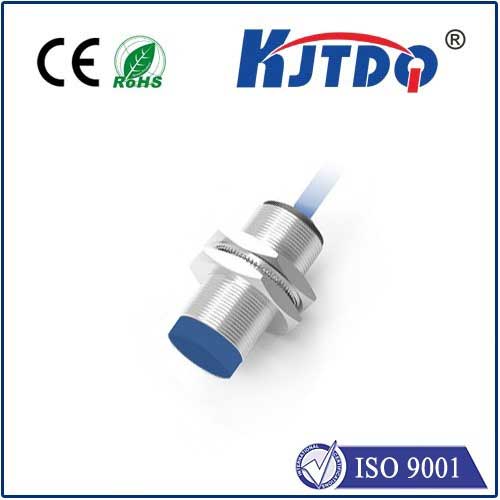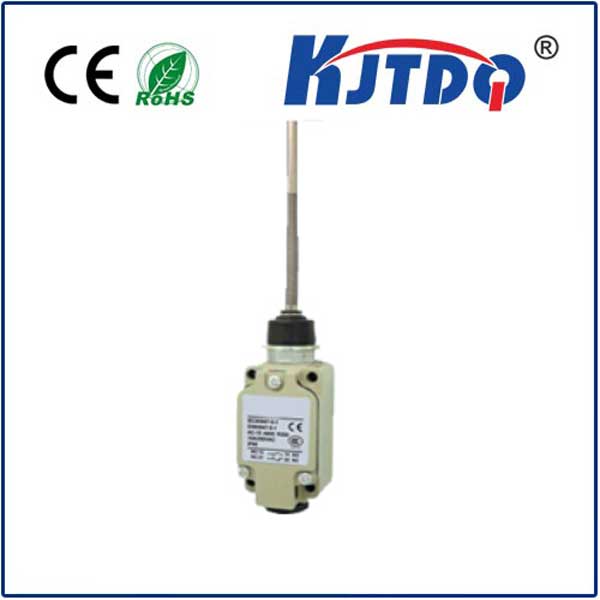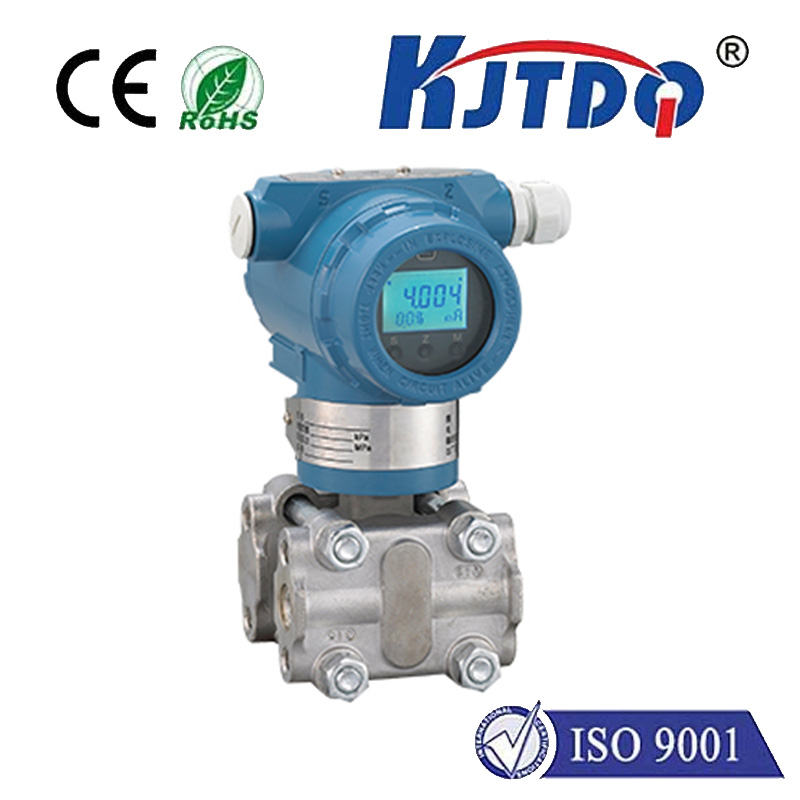
Проверка

Проверка

Проверка

Проверка

Проверка

Проверка
Radar Range Sensor: Enhancing Safety and Efficiency in Modern Technology
In today’s rapidly evolving technological landscape, the integration of advanced sensors and systems has become essential for improving safety, efficiency, and performance across various industries. One such critical component is the radar range sensor, which plays a pivotal role in enabling real-time monitoring and decision-making in autonomous vehicles, industrial automation, and aerospace systems.
А.radar range sensor operates by emitting radio waves and measuring the time it takes for the waves to return after reflecting off an object. This time measurement is converted into a distance, allowing the system to determine the position, speed, and direction of objects in its vicinity. The sensor is typically composed of a transmitter, a receiver, and a processing unit that analyzes the data to generate a range and other relevant information.

The primary function of a radar range sensor is to provide accurate distance measurements, making it an invaluable tool in applications where precise spatial awareness is crucial. For example, in autonomous vehicles, the radar range sensor helps the vehicle detect and respond to obstacles, ensuring safe navigation in dynamic environments. Similarly, in industrial settings, radar sensors are used to monitor the movement of machinery and materials, improving workflow efficiency and reducing the risk of accidents.
One of the key advantages of radar range sensors is their ability to function in various environmental conditions, including adverse weather and poor visibility. Unlike optical sensors, which are limited by light and can be affected by dust and rain, radar sensors continue to operate effectively regardless of the surrounding conditions. This makes them particularly suitable for use in remote or challenging environments where traditional sensors may not be reliable.
The integration of radar range sensors with other technologies, such as lidar and GPS, further enhances their capabilities. These multi-sensor systems provide a more comprehensive understanding of the environment, enabling more accurate and reliable decision-making. For instance, in autonomous driving, the combination of radar and lidar sensors allows the vehicle to detect objects from multiple angles, improving the robustness of the navigation system.
Moreover, the development of advanced radar range sensors has led to improvements in accuracy, speed, and energy efficiency. Modern sensors are designed to operate with minimal power consumption, making them ideal for long-term deployment in remote or battery-powered applications. Innovations in signal processing and machine learning have also enabled these sensors to adapt to changing conditions, providing more precise data in real time.
In addition to their technical advantages, radar range sensors are also playing a crucial role in the growing field of smart cities and IoT (Internet of Things) applications. These sensors are used to monitor traffic flow, environmental conditions, and infrastructure health, contributing to the development of more intelligent and responsive urban environments.
As technology continues to advance, the importance of radar range sensors will only grow. Their ability to provide reliable, real-time data makes them an essential component in a wide range of modern systems. Whether in the automotive industry, industrial automation, or aerospace, radar range sensors are setting the standard for precision, reliability, and safety.
In conclusion, the radar range sensor is a vital technological innovation that enhances the performance and safety of various systems. Its integration with other advanced technologies is paving the way for more intelligent and efficient solutions in the future.
